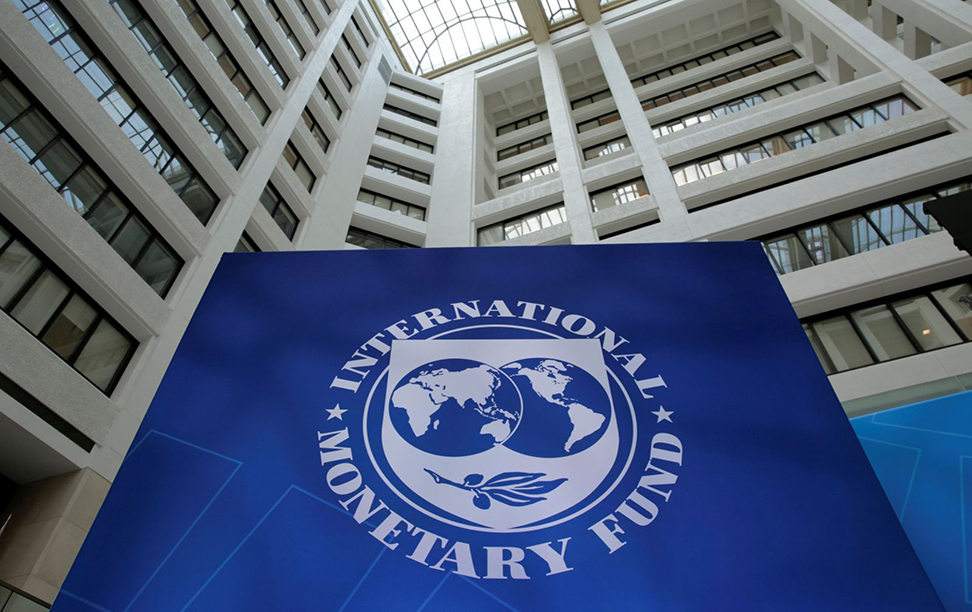December 04, 2021 (MLN): The resurgence of pandemic and Omicron variant have sharply increased uncertainty around global economic prospects as several countries grapple with inflation well above their monetary policy targets, the International Monetary Fund’s Chief Economist Gita Gopinath and Financial Counsellor Tobias Adrian said in a blog post.
“It is however evident that the strength of the economic recovery and magnitude of underlying inflationary pressures vary significantly across countries … policy responses to rising prices must be calibrated to the unique circumstances of individual economies,” it said.
Rising energy and food prices have fueled higher inflation in many countries. These global factors may continue to add to inflation in 2022, especially high commodity food prices. This has particularly negative consequences for households in low-income countries where about 40% of consumer spending is on food.
Core consumer price inflation has also risen but exhibits significant variation across countries.
Core inflation among advanced economies has risen most sharply in the United States, followed by the United Kingdom and Canada. In the euro area, the increase is much less so. There are also limited signs of core inflationary pressures in Asia, including in China, Japan, and Indonesia. Among emerging markets, the core is dramatically elevated in Turkey.
The rise in core inflation reflects multiple factors. Demand has rebounded strongly supported by exceptional fiscal and monetary measures, especially in advanced economies. In addition, supply disruptions caused by the pandemic and climate change, and a shift in spending toward goods over services have increased price pressures.
We expect the mismatch in supply and demand to attenuate over time reducing some price pressures in countries.
Under the baseline, shipping delays, delivery lags, and semiconductor shortages will likely improve in the second half of 2022. Aggregate demand should soften as fiscal measures come off in 2022.
However, it’s important to keep in mind that economic activity has rebounded quickly in several countries, with the United States experiencing the fastest recovery among large, advanced economies.
It is in such countries, where economic activity has rebounded more quickly to pre-pandemic trends that core inflation has risen sharply relative to levels before the crisis.
This relationship between recovery strength and core inflation, while far from perfect, suggests stronger underlying inflationary pressures in countries where demand has recovered the fastest.
Policymakers around the world were synchronized in dramatically easing monetary policy and expanding fiscal policy at the start of the pandemic. The confluence of very low inflation and weak demand provided a strong rationale for easy monetary policies.
Earlier this year, when inflation picked up sharply, it was driven by a few sectors such as energy and autos, much of which was expected to reverse by the end of the year as pandemic-related disruptions declined.
Central banks, with a long track record of keeping inflation low and stable, could appropriately “look through” the runup in inflation and keep interest rates low to support the economic recovery.
However, risks of a further acceleration of inflation are materializing, with supply disruptions and elevated demand lasting longer than expected. Inflation is likely to be higher for longer than previously thought, which means that real rates are even lower than before, implying an increasingly expansionary stance of monetary policy.
While we still anticipate that supply-demand imbalances will wane next year, a singular focus of monetary policy on supporting recovery may well fuel substantial and persistent inflationary pressures, with some risk of de-anchoring inflation expectations.
Accordingly, in countries where economic recoveries are further along and inflationary pressures more acute, it would be appropriate to accelerate the normalization of monetary policy.
The challenge of addressing large and persistent supply shocks is even greater for emerging market central banks. Given the greater risk to de-anchoring of inflation expectations relative to advanced economies, they see the need to get ahead of inflationary pressures and some—such as Brazil and Russia—have raised policy rates sharply.
Such tightening comes amid large COVID-related output shortfalls and could further depress output and employment. Emerging markets face potentially challenging spillovers if tightening by advanced economies causes capital outflows and exchange rate pressures that could require them to tighten even more.
Lastly, there remains tremendous uncertainty around the evolution of the pandemic and its economic consequences. A variant that significantly reduces vaccine efficacy could lead to further supply chain disruptions and contractions in labor supply pushing up inflationary pressures, while lower demand could have opposing effects.
The sharp fall in oil prices following the discovery of Omicron and the rapid imposition of travel restrictions by countries is a sign of the volatility ahead.
Policymakers must carefully calibrate their response to incoming data. Varying inflation conditions and strength of recoveries across countries show why the policy response needs to be tailored to country-specific circumstances, given sharply higher uncertainty associated with Omicron. Clear central bank communication, too, is key to fostering a durable global recovery.
Copyright Mettis Link News







